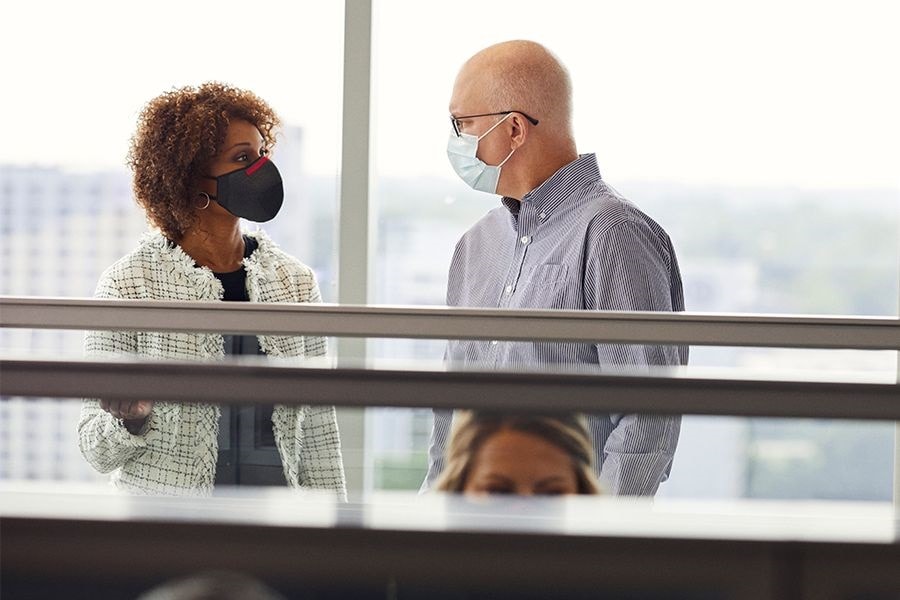-
Global
-
Africa
-
Asia Pacific
-
Europe
-
Latin America
-
Middle East
-
North America
- |
- Partners
- |
- Blog
- |
- Contact Us
- |
-
Services
Services
-
Productivity
Productivity -
Safety
Safety -
Warehouse Automation
Warehouse Automation
-
-
Industries
Industries
-
Healthcare and Life Sciences
Healthcare and Life Sciences -
Transportation and Logistics
Transportation and Logistics -
Manufacturing
Manufacturing -
Distribution Centers
-
Retail
Retail -
E-Commerce
-
Infrastructure
Infrastructure -
Government
Government -
Aerospace and Defense
-
Electrification
-
-
Support
Support
-
Productivity
Productivity -
Safety
Safety -
Sensing Solutions
Sensing Solutions-
Training
-
Sales Contact Form
-
Technical Support
-
Certificates
-
eCOM Portal
-
Distributor Inventory
-
Blog
-
Return Material Authorization (Test & Measurement)
-
Return Material Authorization (Citytech)
-
Return Material Authorization (EnviteC)
-
Legal Documents
-
Return Material Authorization (ILC)
-
Intelligent Life Care
-
-
Warehouse Automation
Warehouse Automation -
Global Tracking
Global Tracking
-
-
Where to Buy
Where to Buy
You are browsing the product catalog for
Understanding the Key Differences Between Face Coverings, Masks, and Respirators


Understanding the Key Differences Between Face Coverings, Masks, and Respirators
Alexandra Serban
February 24, 2021
With the prevalence of personal protective equipment in everyday life, it’s important to know what kind of mask will work best for your environment. The Centers for Disease Control and Prevention advises the everyday use of cloth face coverings to slow the spread of COVID-19, but different types of PPE can serve different purposes, and knowing how to wear each type of covering properly is essential to help protect yourself and those around you. While we encourage you to learn more about the differences between face covers, masks, and respirators from government literature, we highlight below some of the differences between face covers, masks, and respirators and the function each serves.
Respirators
Surgical N95 Respirators
Surgical N95 respirators provide respiratory protection and are designed to achieve close facial fit with 95% filtration efficiency of airborne particles. Surgical N95s offer fluid-resistance in addition to particulate filtration. These are approved by NIOSH and intended for use in healthcare settings.
N95 Respirators
Like surgical N95 respirators, N95 respirators are designed to achieve a close facial fit and 95% filtration efficiency of airborne particles. Some N95 respirators have valves, which in industrial environments is fine, but they are not recommended by CDC as source control because they may not protect others. N95 respirators are approved by NIOSH.
Surgical & Procedure Masks
Surgical Mask
Surgical masks are disposable devices that act as a barrier between the wearer and potential contaminants in the environment and offer 95-98% filtration efficiency according to the ASTM F2100 standard. This type of mask typically has ties or a headband, which secures the mask more closely to the wearer’s face than ear loops and may be used in the Operating Room, as well as in some industrial and consumer settings.
Procedure Mask
A type of surgical mask that generally has ear loops or a headband and is designed for short procedures or for source control (for patients and visitors). Procedure masks are not designed for use in the Operating Room. Like other medical masks, they are available in a range of performance levels according to ASTM F2100 (ASTM 1, 2 and 3), dependent on the risk that is present and offer 95-98% filtration efficiency.
Face Covers
Multi-Layer Face Cover with Inserts
A multi-layer barrier to help prevent respiratory droplets from traveling into the air and onto other people when the person wearing the mask coughs, sneezes, talks, or raises their voice. Face covers alone are not tested to any standards. They are not considered PPE -however, certain inserts have been tested for efficiency and can block up to 97% of 3-micron-sized non-viable particles and 0.1-micron-sized aerosolized particles.
Cloth Face Cover
Normal cloth face covers are a simple cloth barrier to help prevent respiratory droplets from traveling into the air and onto other people when the person wearing the mask coughs, sneezes, talks, or raises their voice. Face covers are not tested to any standards. They are not considered PPE and are intended for use by the general public and employees in non-healthcare environments.
Face Cover with Valve or Vent
Some face covers come with a built-in valve or vent that is intended to reduce exhalation resistance, which makes it easier to breathe (exhale). However, studies show that it also allows particles to escape. These face covers are not approved by any regulatory standards and dependent on the material, can be between 4-15 percent filtration efficient. The CDC recommends against using this type of face cover because it does not protect others.
Bandana, Scarf or Gaiter
While typically considered a household item or cold-weather accessory, in the absence of any other kind of face cover or mask, people have used bandanas and gaiters as a last resort to cover their nose and mouth while in public. Like face covers with a valve or vent, these face covers are not approved by regulatory standards and dependent on the material, can be between 4-15 percent filtration efficient.
No matter the type of face cover you wear, make sure it is fitted properly to guarantee its effectiveness. Your face covering, mask or respirator should cover your face and chin, fit snugly but comfortably against the side of your face, be secured with ties or ear loops, include a filter or multiple layers of fabric, and allow for breathing without restriction. For cloth face masks, they should also be made of a material that is easily washable without damage or change in shape.
Let's Connect!
Sign up to receive exclusive communications from Honeywell including product updates, technical information, new offerings, events and news, surveys, special offers, and related topics via telephone, email, and other forms of electronic communication.
Copyright © 2024 Honeywell International Inc
Maximum File Size
Maximum Files Exceeded
Due to inactivity you will be logged out in 000 seconds.











